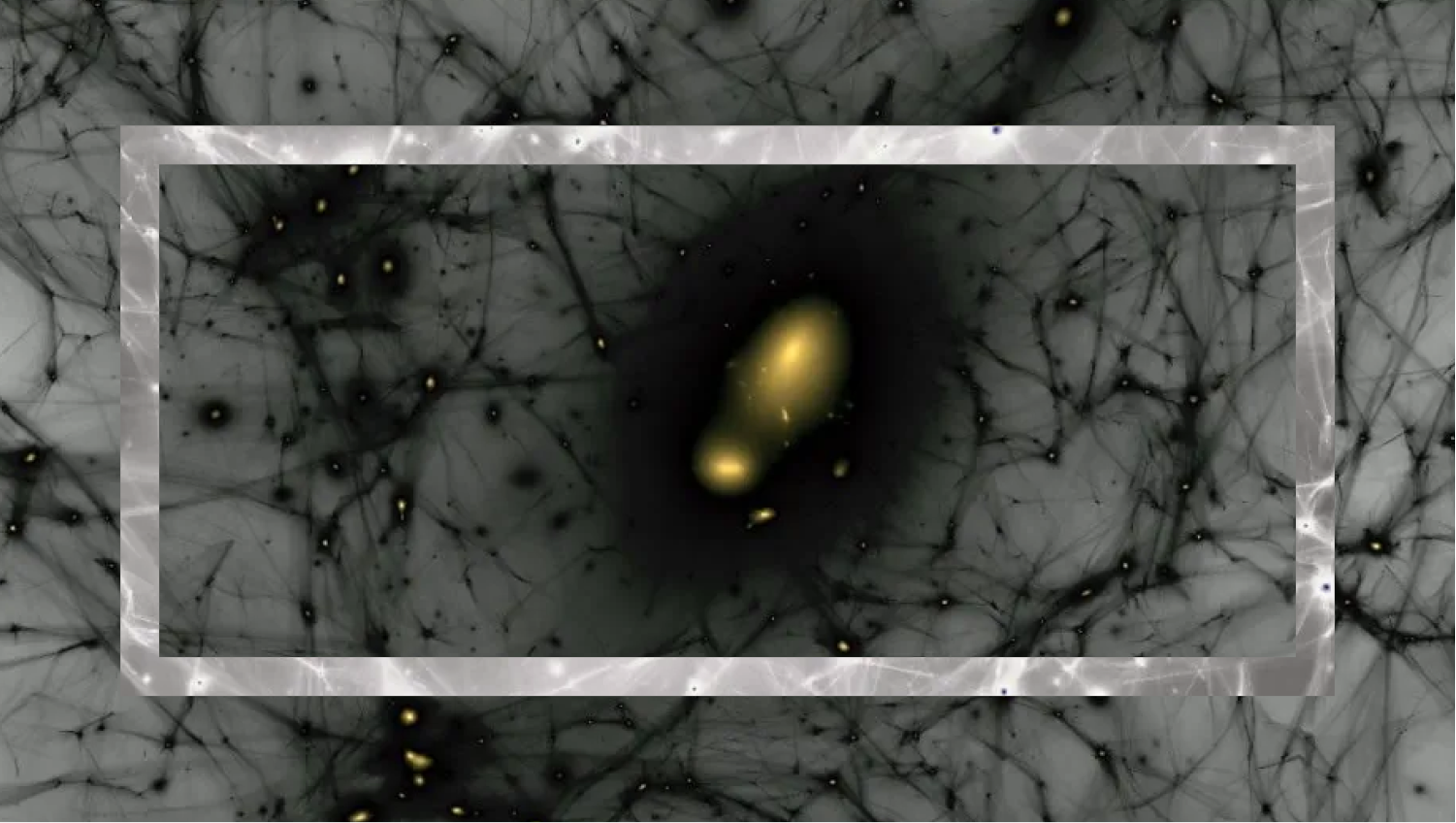The world of perfumery must borrow the language of music, botanics, architecture, and taste—and apply them in a rigorous and objective way—to describe its fundamental elements.
Question: What kinds of language do perfumers use to describe scents?
Christophe Laudamiel: So the interesting thing in perfumery is that we have very, very few words that are just applicable to perfumery, believe it or not. And our vocabulary is, for the most part, borrowed from other disciplines. So we talk about, let’s say, the obvious terms are borrowed from the botanical world, such as a floral, such as basil, lavender, herbal, like the herbaceous family, floral family, the fruity family.
Our vocabulary is borrowed from the music world. We talk about notes and chords. We borrow words from the architecture world, such as we built a fragrance, we add a top on the fragrance, the fragrance needs a base. And why is it like that? Because we still have not discovered the fundamental units and the fundamental working relationships of the smell receptors.
And if you take music, we know very well, I’m sure they still have to discover a lot of things, but we know very well how a note is composed in terms of electric or a signal, you could say, or in terms of auditory signal, in terms of vibration, in terms of harmonics. Let’s say the mathematical side of things. And the small units are quite defined. In terms of the visual world, we know how to decompose in primary colors and then in a mix of color you can computerize all that, it all comes as an electronic signal and, or as a light signal, same photons are very known, although I am sure there are plenty of things to discover, but just... we have access to those units.
And then we give a special name to those units. So in music, they give a name like, do, re, me, fa, so, la, ti, do, that you apply only to music. And for colors it’s the same. You talk about red, orange and yellow. So red, yellow, it’s only about colors. It’s not a term that you took from the architectural world or the botanic world. And how do you define red? It is quite almost difficult to give the definition of the color red unless you give a physical, or it’s not
electronic, but a wavelength to finish to red, in fact.
Now in fact, in perfumery we don’t have that. We don’t know the small units. So the vocabulary cannot go back to the basics or the smaller units of perfumery and we don’t have words for them. So we borrow the best we can from other disciplines.
But then we have to know what it means. So when I say something is very "sweet," something is very "musky," something is very "floral or green," something is aldehydic, that we borrow from the chemical world, something is... and a natural odor can be aldehydic, so it’s not because we use molecules, it’s just we know aldehydes from the chemical world and some things in nature are aldehydes and they have a certain smell. Or we say it’s "marine sea-like," but this is how we describe things.
Now, among perfumers, those descriptors are quite rigorous and very objective. If you take 10 perfumers in a room, the description of a perfume will be very consistent among all perfumers and then we all agree about what they smell. Where people start debating, but just like any other discipline, it's whether they like it or not, whether it fits a project or not, a client or an atmosphere or not. But the description—because as perfumers, we are taught to associate those words coming from other disciplines to some very specific ingredients and we have the same references. So for "green" usually we use some molecules that we have, that you find in nature or that you don’t find in nature, but every perfumer in his or her training smells those same molecules, and we know what it means to say it is "green leafy," "green violet," "green galbanum."
You know what "musky" means because you smell different musk and you see the common point between those musks. And so we know what it means as a perfumer. Now, if someone from the public tells me, "this is very musky," most likely it means, it smells like the musk shampoo they’ve bought and then I need to smell that shampoo because that shampoo will have some musk with other things. And so musky in the head of that person means, most
likely musky vanilla, or musky patchouli. Whereas a perfumer would describe it to me as "musky, woody, patchouli" and then I would know right away what it is.
Each time we have check when we hear from a person that is not in the profession, we have to check and ask what it is either that they mean or we have to check and ask to smell actually the same thing to see what they mean. So the vocabulary is a very complex, problematic in perfumery. That’s also why smelling on the phone with people is very difficult because people have words, but if I cannot smell at the same time, I don’t know where they are in what they smell. If I talk to a perfumer, the details would be enough to tell me, okay,
this is probably what that person means, but if it’s someone from the street; it’s going to be very difficult for me to understand and to know what they are actually smelling.
But so this is still something to invent and I would say, once the academia has discovered more details and more primary functions of the sense of smell.
Recorded September 9, 2010
Interviewed by Andrew Dermont





